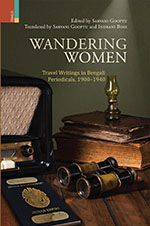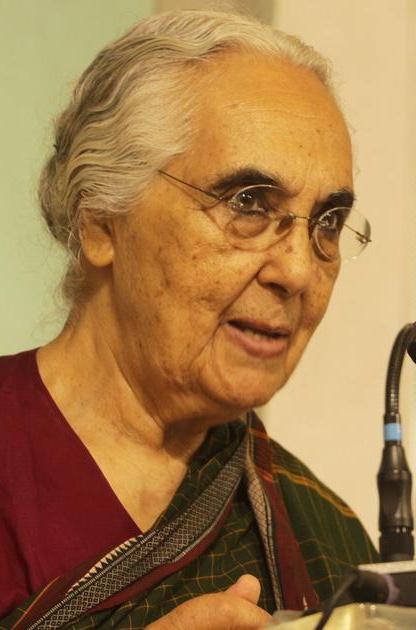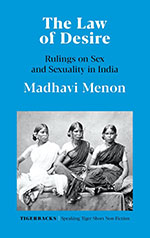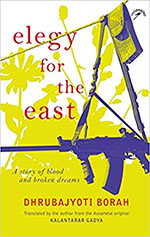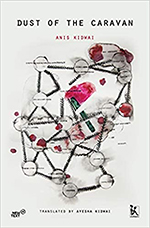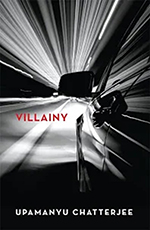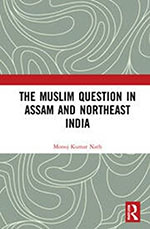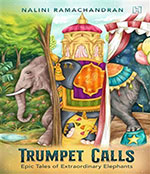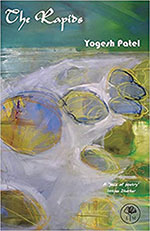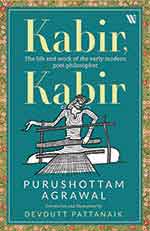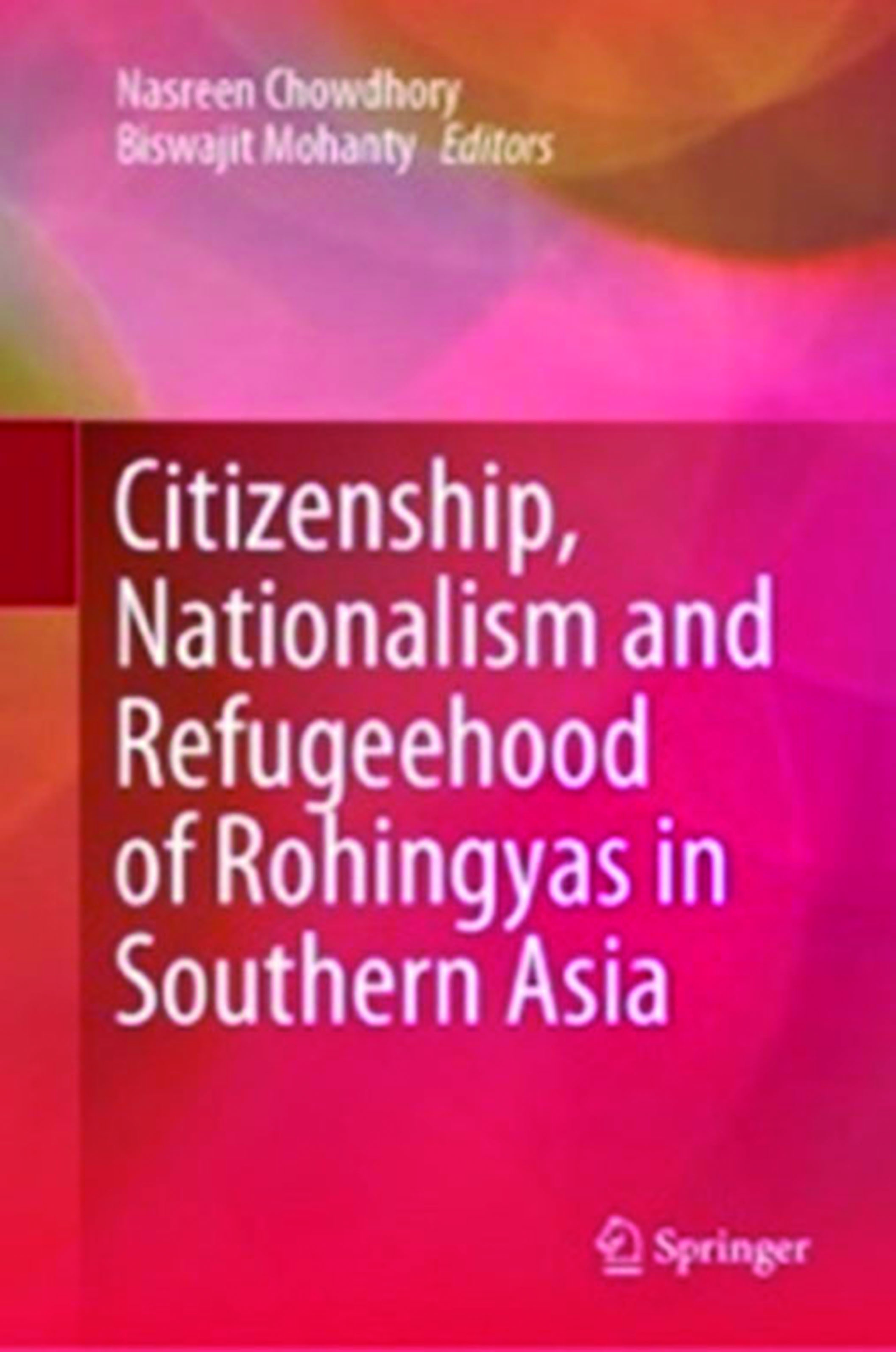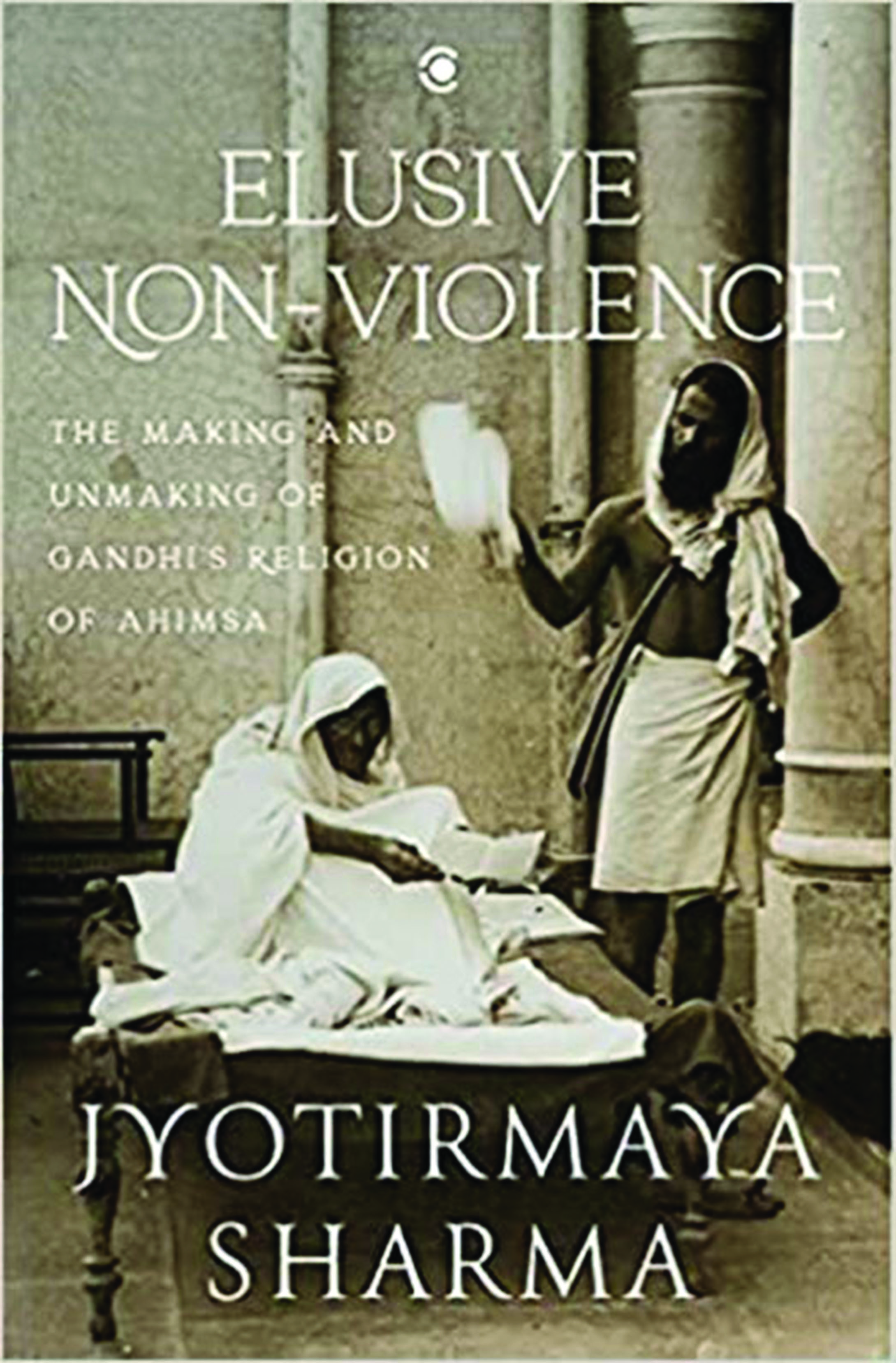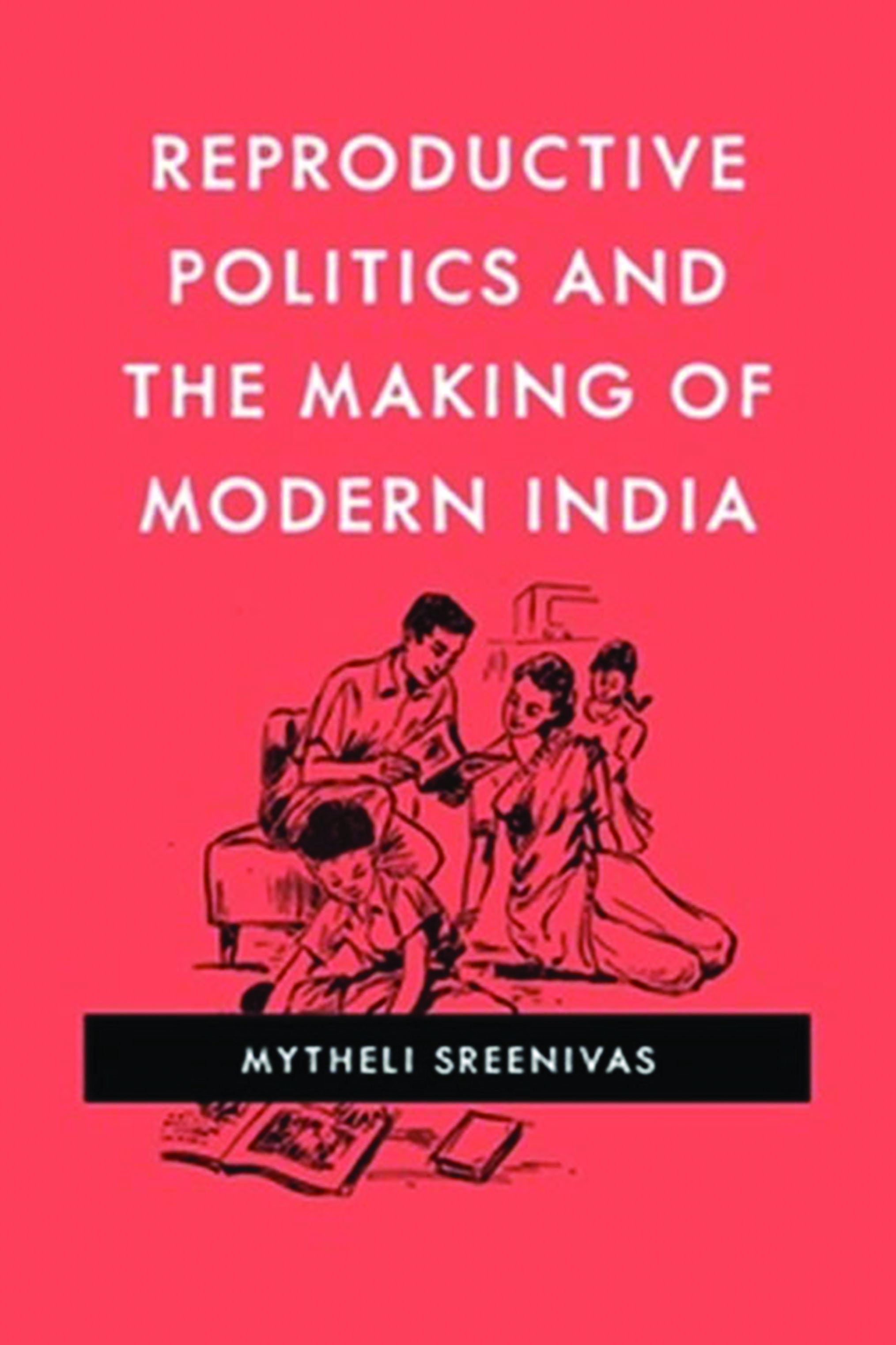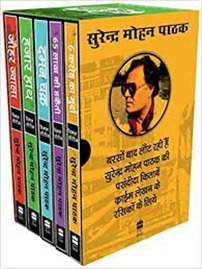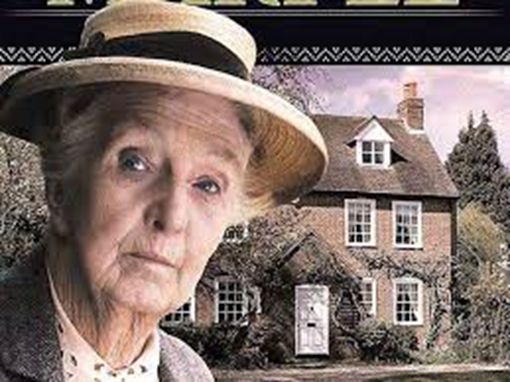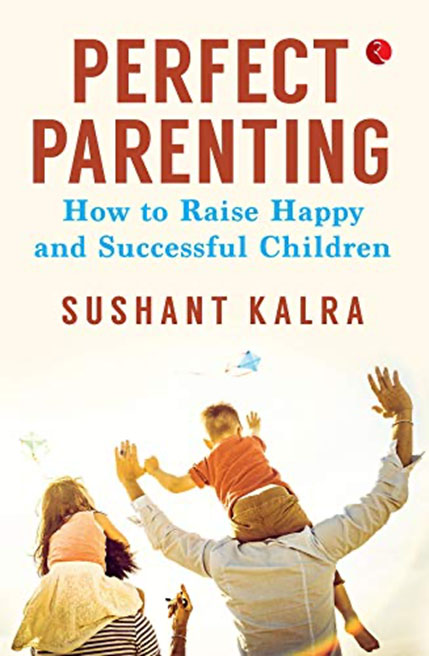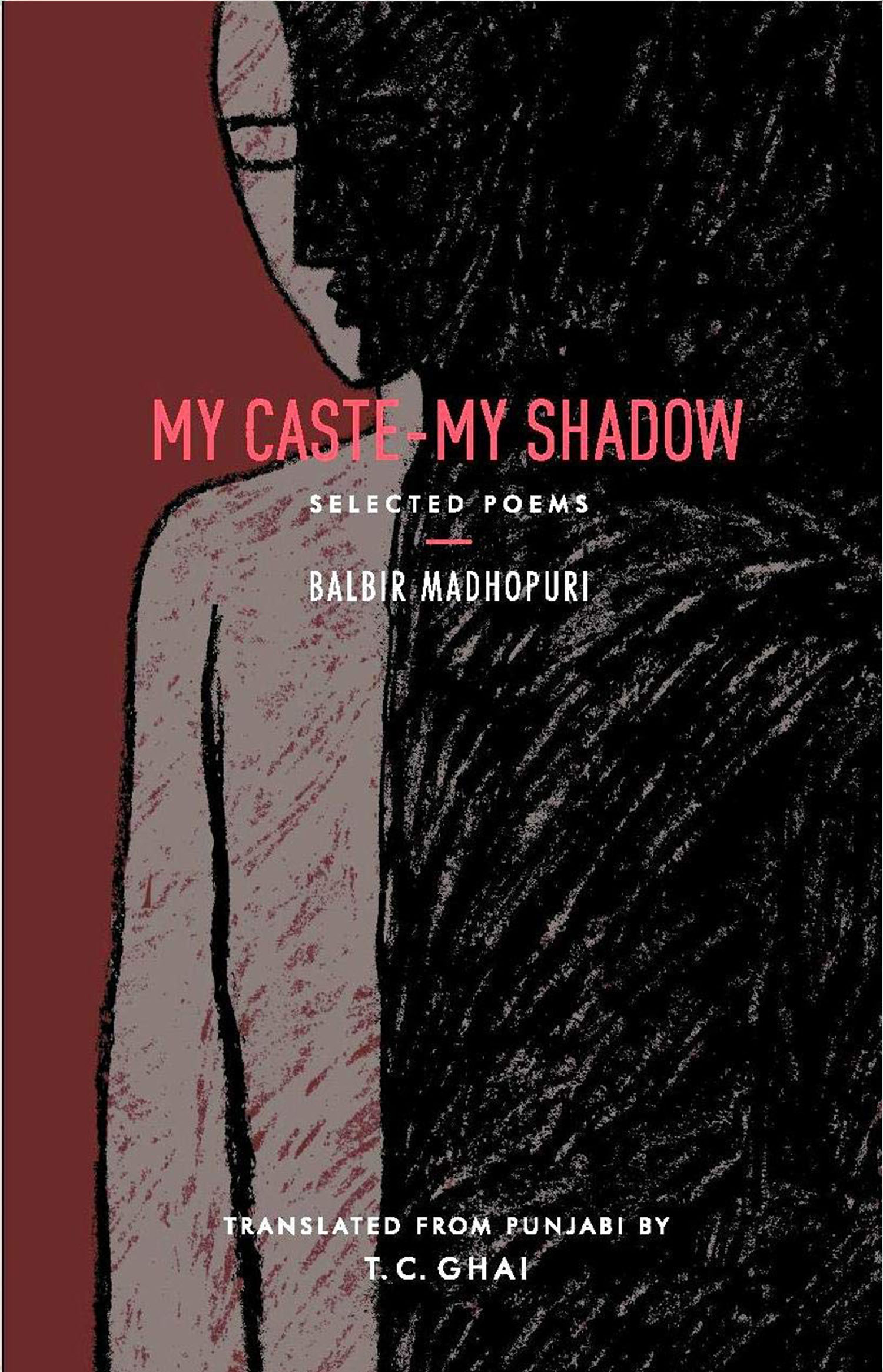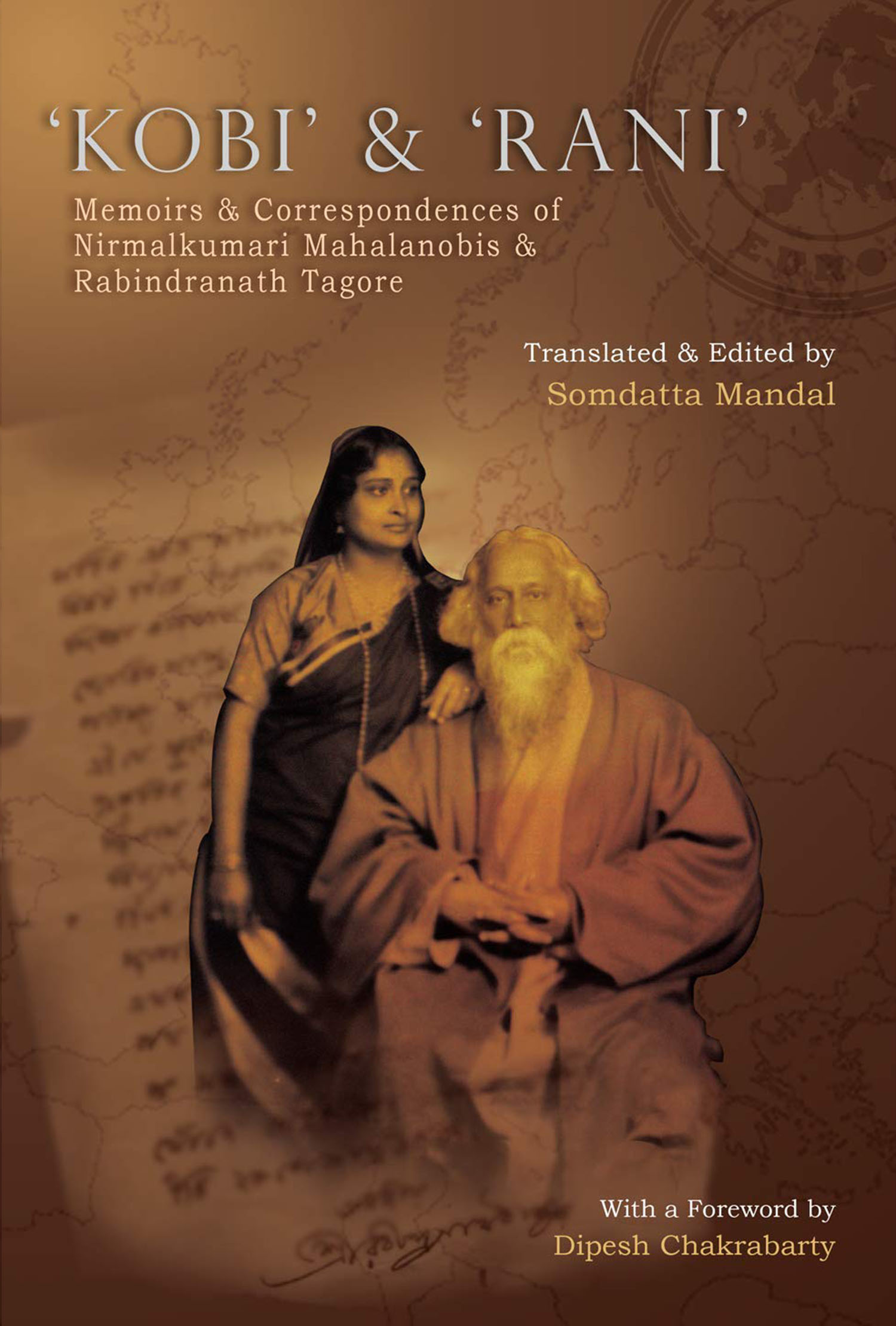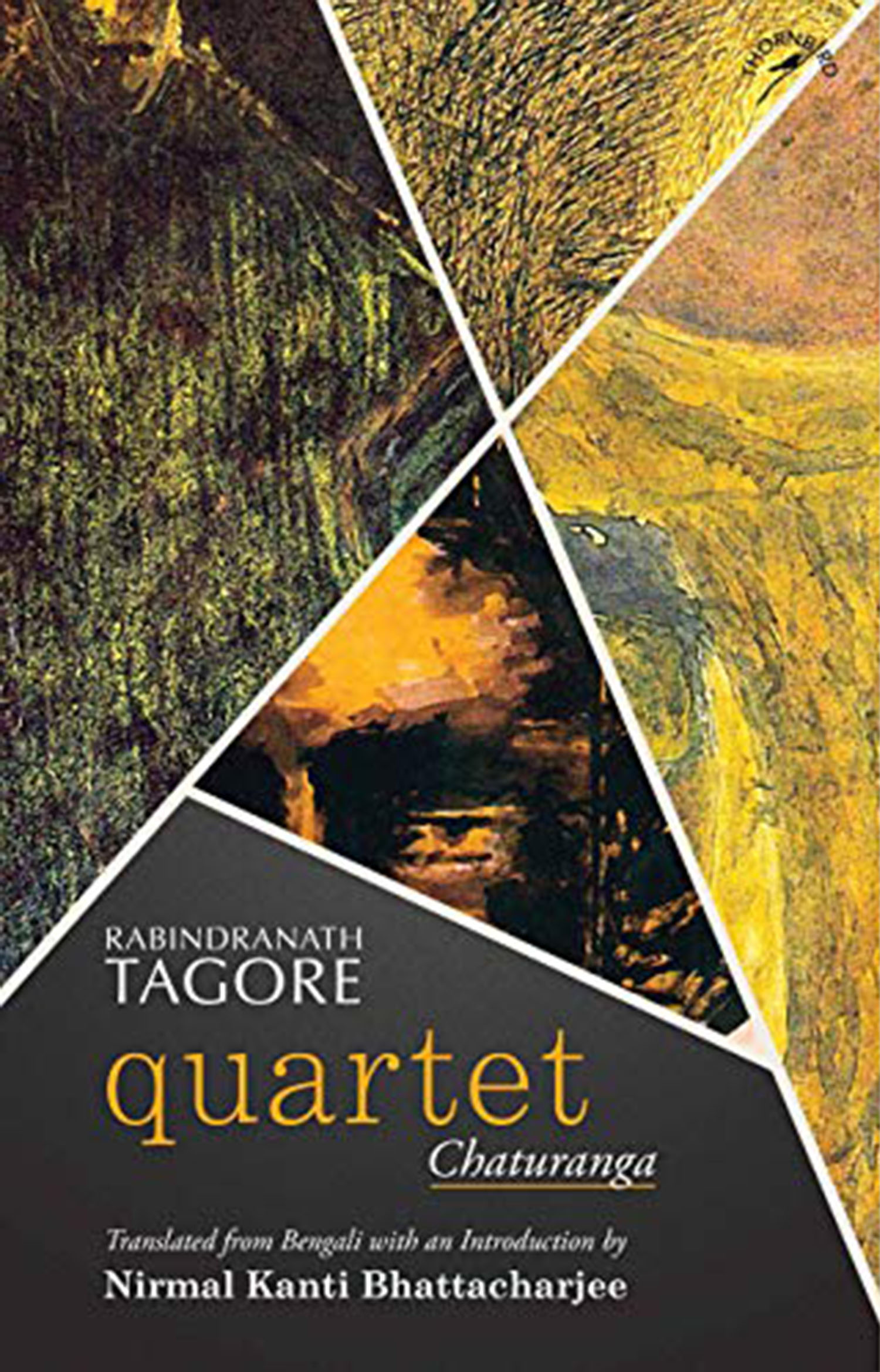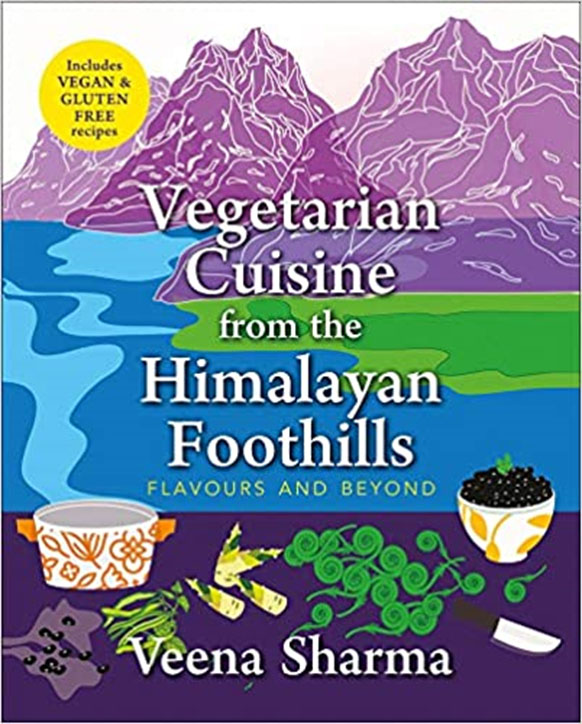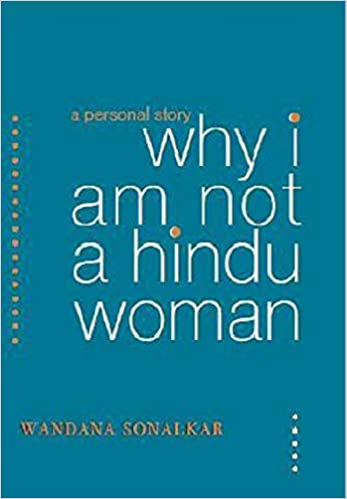Though Indians have been travelling for the last few centuries, documentation of their travels have been scarce and far between. Pilgrimage, trade, and conquest drove the earliest subcontinental travels, but it was specifically a male domain.
Free Reviews
2022
Intimate City by Manjima Bhattacharjya is a fascinating exploration of the new and discreet forms of sexual labour in the city of Mumbai (formerly Bombay). The book traces the changing ‘sex work geographies’ in the metropolis by exploring the intersection of gender, sexuality, space, and the internet (p. 4).
C N Annadurai (1909-1969), popularly known as ‘Anna’ (elder brother), is one of Tamil Nadu’s greatest icons. His charisma and ideology resonate in Tamil politics even today.
Where nationalism ceases to be the movement of citizens from across society and is reduced to one identity which is given priority, this becomes a denial of the very important component of nationalism, namely, democracy and the secular.
Menon covers an array of issues revolving around the idea of ‘desire’ through the paradigms of sexuality(s), politics, culture, and so on. Looking at how Indian law shapes our understanding and limits of desire and how desire has had a similar relationship with the law, creating normative and descriptive imperatives, she backs up almost every claim she makes by factual data in case law, historical evidence, or academic works, over the course of six chapters.
There is a strange conflict in me as a queer trans writer and a queer trans reader of children’s books when I think of books I’d like to see written, published and read. As a reader, I want to see an explosion and not just a disruption. If I am allowed to dream of books, then there is no need for me to dream small. As with many of us marginalized due to the various structures of society like caste, class, language, gender, religion, region, ethnicity, ability, neuro-normativity, sexuality, to name a few, we have very little space to dream and to articulate our desires and dreams.
Jamlo is walking even today. She is walking for a world that needs justice and equality. Samina Mishra, Tariq Aziz, and Sushil Joshi who has woven the story in Hindi, haven’t just put down some words and lines and images. They have created a chronicle.
One of the aspects studied by scholars of globalization is its antiquity. Questions have been asked about whether globalization is a novel phenomenon from the 20th century, or merely varying manifestations of an old pattern over periods of time. Convincing arguments have been made on either side. One pattern that is undeniable is the search for products, profits and resources, all contingent upon control of people and territory.
Dhrubajyoti Borah’s Elegy for the East: A Story of Blood and Broken Dreams is a poignant narrative set against the backdrop of the insurgency in Assam and the North East in the 1990s. Albeit fictional, the novel offers an insider perspective on the ideology and nature of the armed rebellion led by the United Liberation Front Asom, the subsequent counter-insurgency operations launched by the Indian state, and the tormented lives of common people who are caught between the two.
Reading Ret Samadhi and Tomb of Sand is exhilarating, challenging, even exasperating; such is its span and scope, its playful exuberance and idiosyncratic originality of style, playing out differently in the two versions. Given its more recent American/English avatar, one may evoke Whitman: it is vast, it contains multitudes. Given its incontrovertible rootedness in its Indian-subcontinental milieu, however, one must invoke the Mahabharata, the grand epic that it references at the very outset.
Ayesha Kidwai has already given us in English translation Anis Kidwai’s account of what happened immediately after Independence of India and the Partition—Azadi Ki Chhaon Mein (1974). Called In Freedom’s Shade (2011) in English translation, it not only marked Ayesha Kidwai’s debut as an impressive translator (she was already well-known as a brilliant scholar), it also ensured that her grandmother Anis Kidwai’s name and work would be known again to the world at large.
2022
Even when read in English translation, the immediacy of experience yielded page after page in the novel, Hymns in Blood, is remarkable, especially so since it is the throbbing story of something cataclysmic that happened as long back as nearly seventy-five years ago in 1947, during Partition. Undoubtedly, this speaks for the power of the novel written originally by Nanak Singh, the master story teller in Punjabi; but also indeed, it demonstrates the translator’s skills of transporting the vibrancy of the experience from the writer’s robust Punjabi to an English that is endowed with an idiomatic cultural proximity to the original.
Someone who has not read Joy Goswami, in the original Bengali or in translation, would have missed the seminal compositions of one of the world’s finest poets. It is a daunting task to translate Joy Goswami, and it is no less daunting to review the brilliant translation of his book. Since I had not read Goswami’s trilogy in the original, I approached the translation with an open mind. In fact, it is Sampurna who has introduced Joy Goswami to the western world.
2022
Several years ago, Nilanjana S Roy had defined the current crop of Indian Writing in English novelists as a ‘Doon School-St. Stephens’ conspiracy’. It was an interesting but true observation since the writers who were popular at that time were all products of these elite institutions and were quite adept at imitating western culture and simultaneously wrote in a style that was quite polished and urban.
he publication of two important books on India-Africa relations in early 2022 is a striking event. The authors are Foreign Service Africanists with multiple assignments on the Continent. They complement each other rather well.Rajiv Bhatia addresses the wide historical canvas, and a range of political and other connections.
Muslims in Assam comprise one-third of its population. Since Independence, the politics of Assam has been shaped by the question of alleged illegal immigration from erstwhile East Pakistan. The spectre of an illegal immigrant minoritizing the ‘khilonjia’(original inhabitants) of Assam has been a constant in the popular as well as political discourse.
Arundhati Bhattacharya’s memoir has a literary flavour, mixing personal elements with the professional admirably. But it is distinctive in the way her experiences have been articulated from the perspective of a ‘working woman’. And this feat she accomplishes with elan, making her reflections a readable treat and compelling to empathize with.To begin with, it is a story of a girl growing up at Bhilai and Bokaro and then in Kolkata for higher studies before joining the wider world of professional banking.
This beautifully produced book brings together twenty diverse essays (including the excellent introduction) on the Ramayana tradition in visual, literary and performance cultures across a broad geographical swathe and across more than a millennium.In her careful examination of Ramayana-themed sculptures in the Chalukya and Hoysala period temples of Karnataka, Parul Pandya Dhar shows that the image of Rama as ideal ruler is seen from inscriptions of the sixth century onwards where kings are compared to the divine hero. Interestingly, the nobler aspects of Ravana are also occasionally represented.
Trumpet Calls: Epic Tales of Extraordinary Elephants by Nalini Ramachandran is divided into nine chapters beginning with ‘What is an Elephant’ and ending with ‘The Keepers of Memory’. Each chapter has a short introduction to the theme in focus, a short ‘ele-fact’ i.e., facts about the elephants and additional information which is connected to the main story. The black and white illustrations are attractive primarily due to sketches and drawings by Annushka Hardikar.
In The Violence in Our Bones: Mapping the Deadly Fault Lines Within Indian Society, Professor Neera Chandhoke compels us to deliberate on violence in its many manifestations in India and suggests how we may extricate ourselves from this abyss by inventively imagining participatory democracy. The treatment of violence in the social sciences often diminishes the starkness of human tragedy, when reduced to mere statistics. While recognizing that violent urges might lie dormant in our psyche, Chandhoke is concerned with stalling the eruption of these violent urges onto the socio-political arena.
The book under review eloquently encapsulates not only the major achievements of the game but also sheds light on the stalwarts of Indian cricket, their achievements, approaches and vision. In order to carve out the chronology of events, the book has been divided into various sub-sections by the editor on the basis of several epochs of Indian cricket. This has certainly contributed to making it more reader-friendly. Importantly, it has underlined how cricket has become an integral part of Indian social life. Through its ability to capture the imagination of the people, it has succeeded in becoming a game for the masses. The role of the media—print and electronic, has greatly contributed towards this. Additionally, the book brings together memories and conversations of cricket enthusiasts and interviews of eminent Indian cricketers which provide deeper insights on the game. Its discussion of domestic as well as women’s cricket is equally enthralling.
2021
Yogesh Patel’s The Rapids is a collection of brisk poetic thoughts on a range of ideas that reflect on contemporary times. In the age of high-speed internet, data-deluge and fractured communication, Patel is conscious of his stance as a poet. Thus, instead of critiquing the world from an ivory tower, he comes down and invents playful patterns, inspired by everyday disjuncture.
The title of this well-researched book, reflecting a life-time’s work, is serendipitous. Mirrored in it is a couplet written by this medieval poet, which also figures as the epigraph:I have made my mind as pure as Ganga water,Hari follows after, calling out, ‘Kabir, Kabir’The echoing repetition of Kabir’s name, even more than the plurality which is a quintessential aspect of the cultural memory of this poet, suggests the indefinite and nebulous in the striving for the mystical. In an inversion of hierarchy, it is Hari who runs after Kabir, calling out to his devotee.
In a country like ours, where actors, read heroes and heroines, take centre stage over everything else in popular Hindustani cinema, are more important than even the directors, one wonders how important scripts are, and hence scriptwriters. To begin with a confession, I thought more about it once this book hit the market.The Indian screenwriter Anjum Rajabali (known for scripting Drohkaal, Ghulam, Rajneeti and Arakshan to name a few) has penned the Foreword to this book where he starts by quoting Alfred Hitchcock: ‘To make a great film, you need three things—the script, the script and the script.’
Our understanding of climate change has not advanced after the recent climate negotiations, the CoP26, November 2021 in Glasgow. Climate change, being the most complex and lasting of the series of environmental challenges that humanity and the planet have faced over the past two and half centuries, has no easy solution.
The three books under review critically contribute to our understanding of Gender, Inclusion, Violence and Social Justice. They capture several evidences of gender inequality, violence and exclusion across all levels; but they also show how gender issues in India can be read through different lenses of justice; how scholars, advocates and activists addressing these issues have brought different dimensions to the table, even conflicting at times.
This book is an important academic intervention. It unpacks the political complexities associated with the much debatable refugee status of Rohingya community in South Asia. The vast empirical data/information is systematically organized to evolve an innovating theoretical framework. As a result, one finds an interesting sequence that links different individual essays to produce a highly engaging intellectual commentary on complex ideas such as nationalism and citizenship.
This book is the fourth and last volume in a quartet by Professor Jyotirmaya Sharma, examining the restatement of Hinduism by some of its most influential exponents and thinkers. The first book Hindutva: Exploring the Idea of Hindu Nationalism discusses the thought of Dayanand Saraswati, Sri Aurobindo, Vinayak Damodar Savarkar and Swami Vivekananda, all of whom sought to marshal Hindu identity in the service of nationalism. The subsequent volumes focus on the thought and writings of Golwalkar and Vivekananda. The series is an attempt to look at the question of Hindu identity and the restatement of Hinduism in the late 19th and early 20th century.
Politically correct, influential people in policy making circles in the West do not talk any more of the yellow peril, or use phrases such as population explosion, or metaphors like the population bomb. At the same time, partly due to the very reach and influence of such doomsday demographic discourses emanating from the West in the past, and the modified ones today, the elites and the middle classes in much of the Third World remain convinced that the cause of social and economic problems in their own countries stem primarily, if not only, from population growth.
Doniger’s is a work of passion. This is on display not only in the unfolding of the narrative of her Winged Stallions and Wicked Mares but graphically in the 1968 photograph of Doniger on her Anglo-Arabian mount Damien, which although frozen in stationery pose clearly shows the elegant seat of a consummate lover of the animal.
Scroll through the posts on any of a number of Facebook pages dedicated to the Hindi pulp author Surender Mohan Pathak (Surender Mohan Pathak, Surender Mohan Pathak The Legend, Surender Mohan Pathak’s Aficionados, etc.) and you will find an endless stream of photos of men: men reading, men drinking, men posing in front of their bookshelves stuffed with Pathak’s novels and memoirs, men sharing their favourite lines from a novel, men debating about who is the best ‘hero’, men in matching ‘SMP’ T-shirts linking arms at a fan ‘meet’, men smiling and laughing and crowding around Pathak at a book launch or a literary festival…
Editorial
In the 1970s, Uma, Chandra and myself had almost identical collections of detective fiction. Common to all three of us were those by Agatha Christie and Ngaio Marsh. We each had crammed bookshelves with our treasures and were extremely possessive about our editions.What is it about this genre of writing that inspires this loyalty to read and reread these books with pleasure every time? Today so many authors have joined my bookshelf and Kindle—PD James, Robert Galbraith (JK Rowling), Caroline Graham—but classic crime fiction for me is dominated by the magic of Christie and Marsh…
The ‘present’ generation and its values have oft taken the blame for much that is wrong in the world. The generation keeps changing just as the wrongs keep changing. As people age, the side of this blame game that they represent also changes. Yet, seldom do people sit and think who is responsible for the changing values of the ‘present generation’ that has led to so much ‘wrong’ in the world. Parenting for most people is not a conscious choice. We grow up, build careers, and start a family, because that is what society teaches us. This is taken as a given without any conscious thought about who can be a good parent.
Pan-Asianism is a general term used to describe a wide range of ideas and movements that called for the solidarity of Asian peoples to counter western influences in the late nineteenth and early twentieth centuries. The concept of Pan-Asianism first emerged in Japan sometime in the late 19th century. The movement gained wider acceptance following the defeat of Russia in the Russo-Japanese War (1904–1905).
Balbir Madhopuri lives in New Delhi. He grew up in Doaba, a region of Punjab known for its high population of Dalits. He has not forgotten his years of struggle against economic hardship and caste discrimination, but he does not advertise his pain and uses it instead to generate light and hope…
Urdu Dastan refers to an extant mode of storytelling where popular fantasies, literary tropes and a hint of history is melded to produce utterly entertaining and absorbing stories. Often about legendary characters, the charm of the dastan rests on its flamboyance, verbal excesses and a fine entanglement of the ordinary…
In the making of Rabindranath Tagore’s public image, apart from the voices of the critical establishment and the poet’s own forms of self-projection, the reminiscences of those around him also played a part. A compulsive globe-trotter, Tagore often travelled with companions who knew him closely…
Rabindranath Tagore’s androgynous imagination finds fulsome expression in the two books under review. How he extended his understanding to the mysterious secrets of women silenced by patriarchy remains a conjecture. Periodic translations open up the question in various social contexts…
A greedy landlord named Ramachandra Mangaraj, belonging to a coastal village in Odisha, sets out to defraud an innocent weaver couple of their fertile and good-sized parcel of land measuring six acres and thirty-two decimals. He weaves a crooked scheme for this purpose with the help…
When I think of foods I’m likely to encounter in the Himalayan areas, I think of momos, thukpa, yak cheese. But wait. All these dishes are of Tibetan origin. With that comes the realization that I, and most of us, have little idea as to what is consumed in an Indian home located in the foothills of the grand mountains on a regulaar day. ..
When a pioneer of the women’s movement in India opens up the window box of her memories, one can expect some startling revelations and some valuable historical perspectives. Devaki Jain delivers on both counts, making this candid and charming book an inspiration for its readers…
Why I am not a Hindu Woman is Wandana Sonalkar’s autobiographical reflections on Hinduism as a religion, as an upper-caste Marxist feminist, and in the context of India’s socio-political journey in the last seventy three years, particularly in the shadow of Hindutva majoritarian politics…

